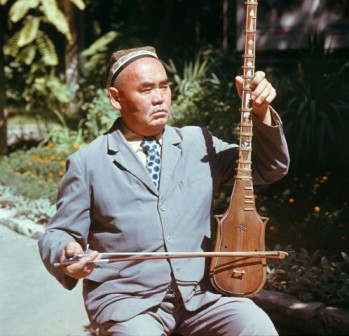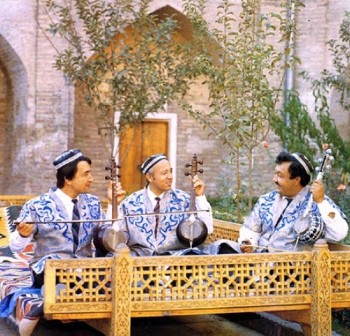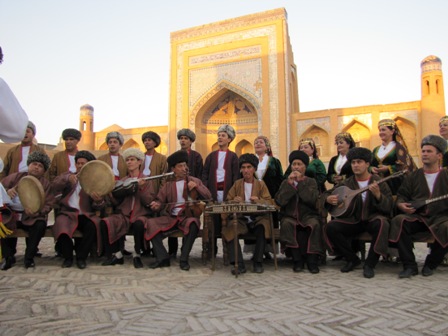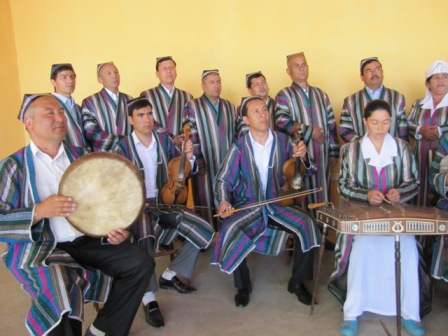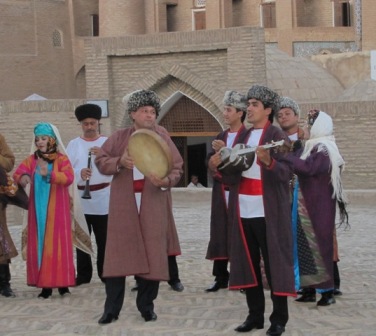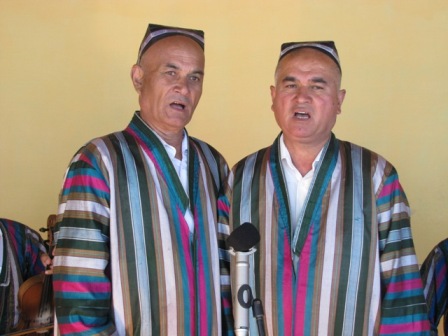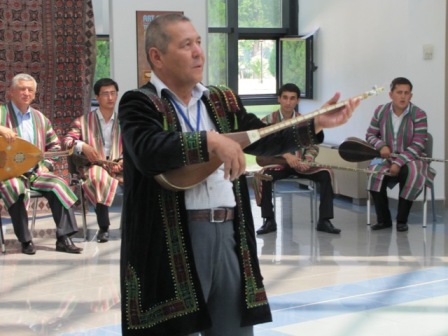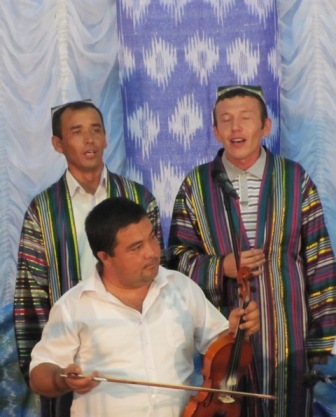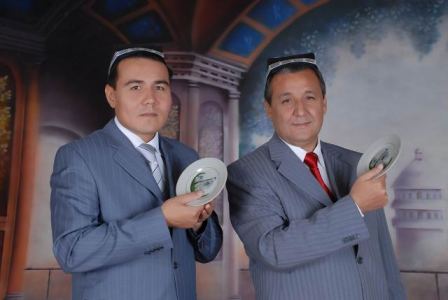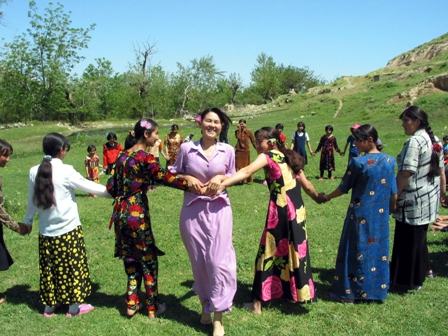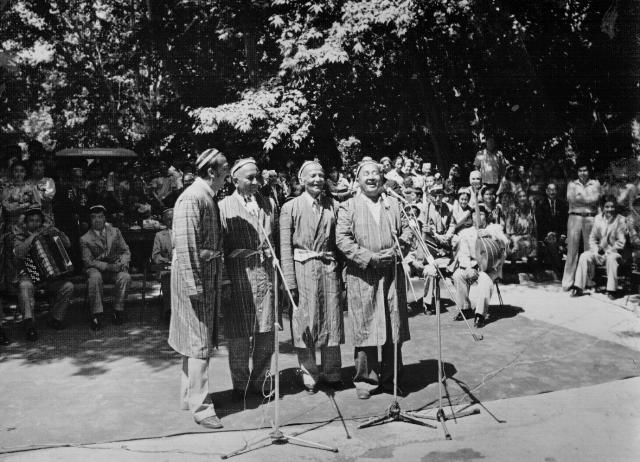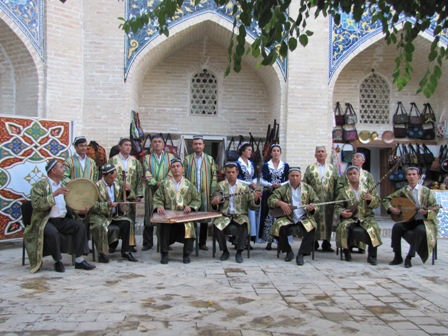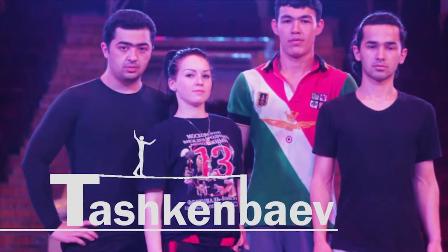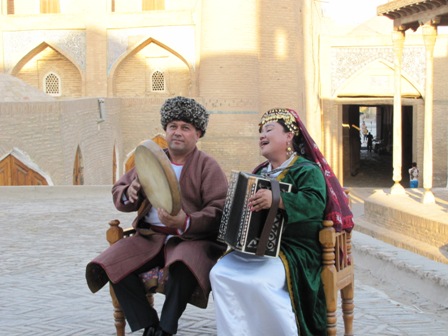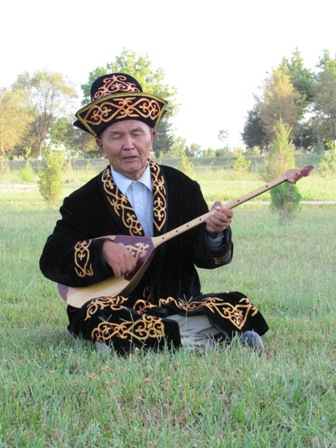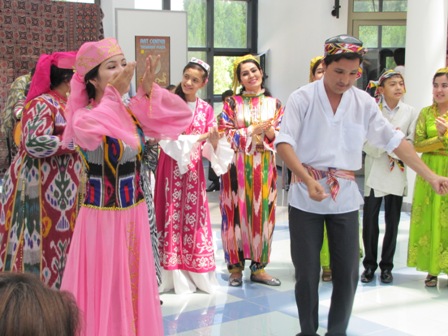|
Domain: Performing Arts
Maqom and maqomat (the science of maqom) is the phenomenon of spiritual culture of Cenral Asia and more generally – of the people of the East. Though, its artistic and historical value can be felt much beyond the region, where it was widely spread. As a highly developed musical genre, throughout many centuries of its existence, it became a key component in defining the idea of classical music of the East. Maqom is art and philosophic belief, which encourages spiritual nourishment and self-perfection, contemplation and enjoyment of heavenly beauty, which is expressed through sounds of music and poetry. |
|
Domain: Performing Arts
Shashmaqom (in Farsi - "Six maqoms") is a leading musical-cyclic genre of musical heritage of Uzbek and Tajik people. It includes a cycle of complex and perfect instrumental as well as vocal compositions encompassing different types of melos, forms, usuls (rhythmic formulae) and performances. Maqomat (maqom art) – is a phenomenon of spiritual culture of people of Central Asian region. Its artistic as well as historical value goes much beyond the borders of the region, and made an impact on the development of world musical processes. |
|
Domain: Performing Arts
Khoresm maqoms are one of the local types of maqom, spread in Uzbekistan. The cycle of "Khoresm maqoms" emerged on the basis of Shashmaqom and music traditions of Khoresm at the turn of the ХVIII – ХIХ centuries and comprises of such maqoms as Rost, Buzruk, Navo, Dugoh, Segoh, Iroq and Pandjgoh (in practice they are called "Six and a half maqoms" or "Khoresm Shashmaqom"). |
|
Domain: Performing Arts
Ferghana-Tashkent maqoms represent a phenomenon which is unique and original in the system of maqomat (maqom art) of Uzbekistan, existence of which is associated with musical culture of the cities of the Ferghana Valley and Tashkent region in the form of separate instrumental and vocal samples and small cycles (from two to seven parts). |
|
Domain: Performing Arts
Dutar (in Farsi - "two strings") is a stringed musical instrument, which is widely-spread in the culture of peoples of Central Asia (Uzbeks, Uigurs, Tajiks, Turkmens and Karakalpaks). Uzbek dutar differs from other musical instruments with its soft, beautiful and expressive sound. |
|
Domain: Performing Arts
Feruz (literally - "stone of happiness") is a widespread and well-known vocal genre in Khoresm. It represents a five-part cycle called "Feruz 1-5". It evolved based on shuba of maqoms of "Navo" and "Segoh", representing the cycle of "Khoresm maqoms". In terms of character and style of performance they are not part of maqom pieces. Though, in terms of music and performance rules they are not so inferior to maqoms. |
|
Domain: Performing Arts
Ushshoq (in Arabic – "lovers") is the name of one of the maqoms in maqomat system consisting of twelve maqoms (i.e. duvozdakh maqom) and popular shuba (piece) of Shashmaqom cycle, which was widespread in the Middle Ages. Initially, this maqom represented a lyrical mood. |
|
Domain: Performing Arts
Folk epic represents a cultural wealth of Uzbek peoples. As such, its importance cannot be underestimated. Looking at the history it is possible to notice that epic traditions emerged among the people of Uzbekistan (Uzbeks and Karakalpaks) in the ancient past. Since then, they have always existed and evolved. |
|
Domain: Performing Arts
Singing art or the genres of vocal music represent significant part of Uzbek oral-professional music. They are diverse in form and melos and have original manner of interpretation. Their typical features are traditionalism, professionalism, sophistication, use of the richest means of expressions and classical oriental poetic texts of various meanings and contents. |
|
Domain: Performing Arts
Katta ashula or Patnis ashula (literally "great song", "lofty song" or "tray song") is a vocal direction, a song genre typical for the Ferghana Valley, in which peculiar style and manner of singing is observed. It is performed by two or more (up to five) singers in turns and without accompaniment of musical instruments. |





